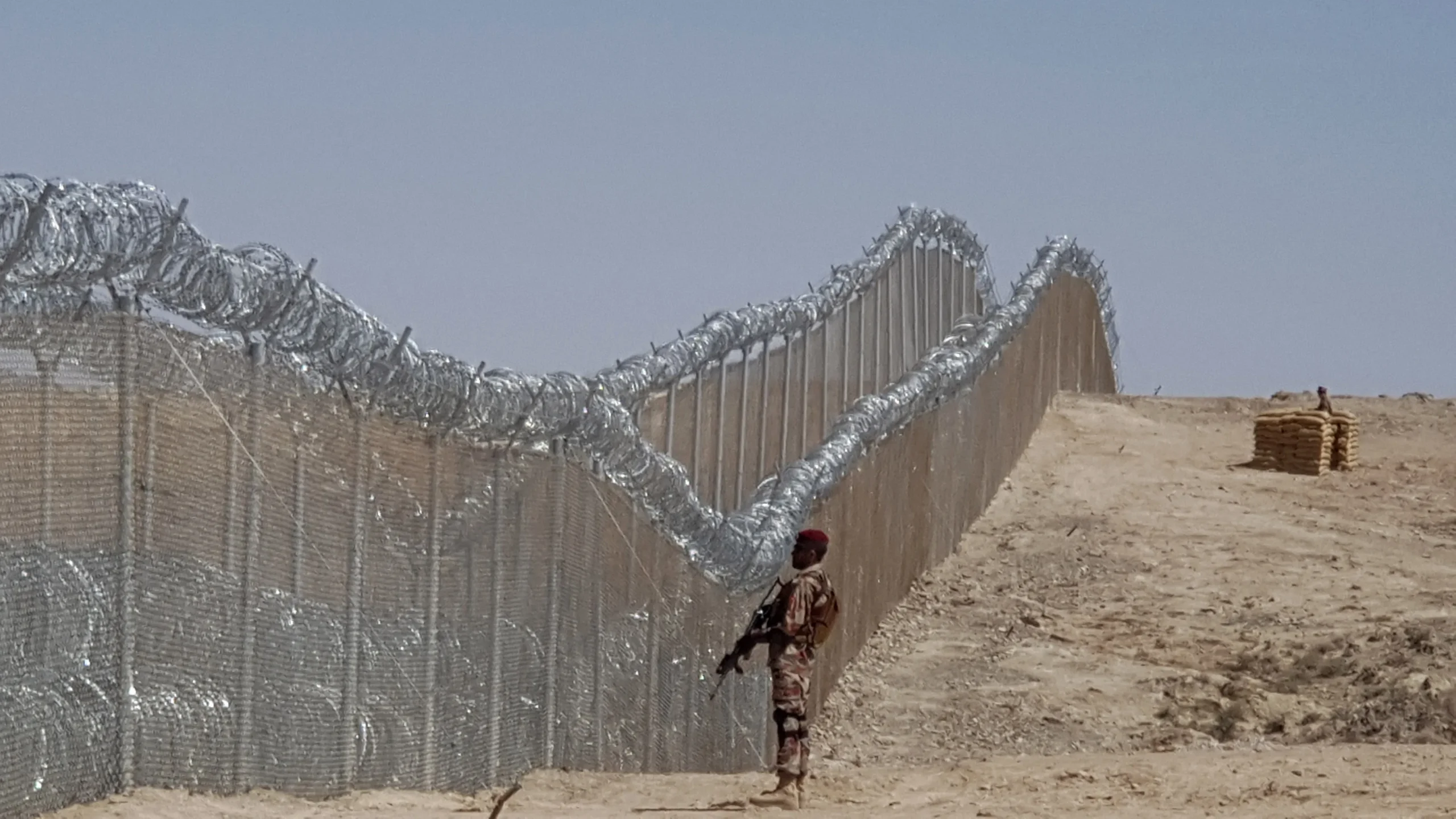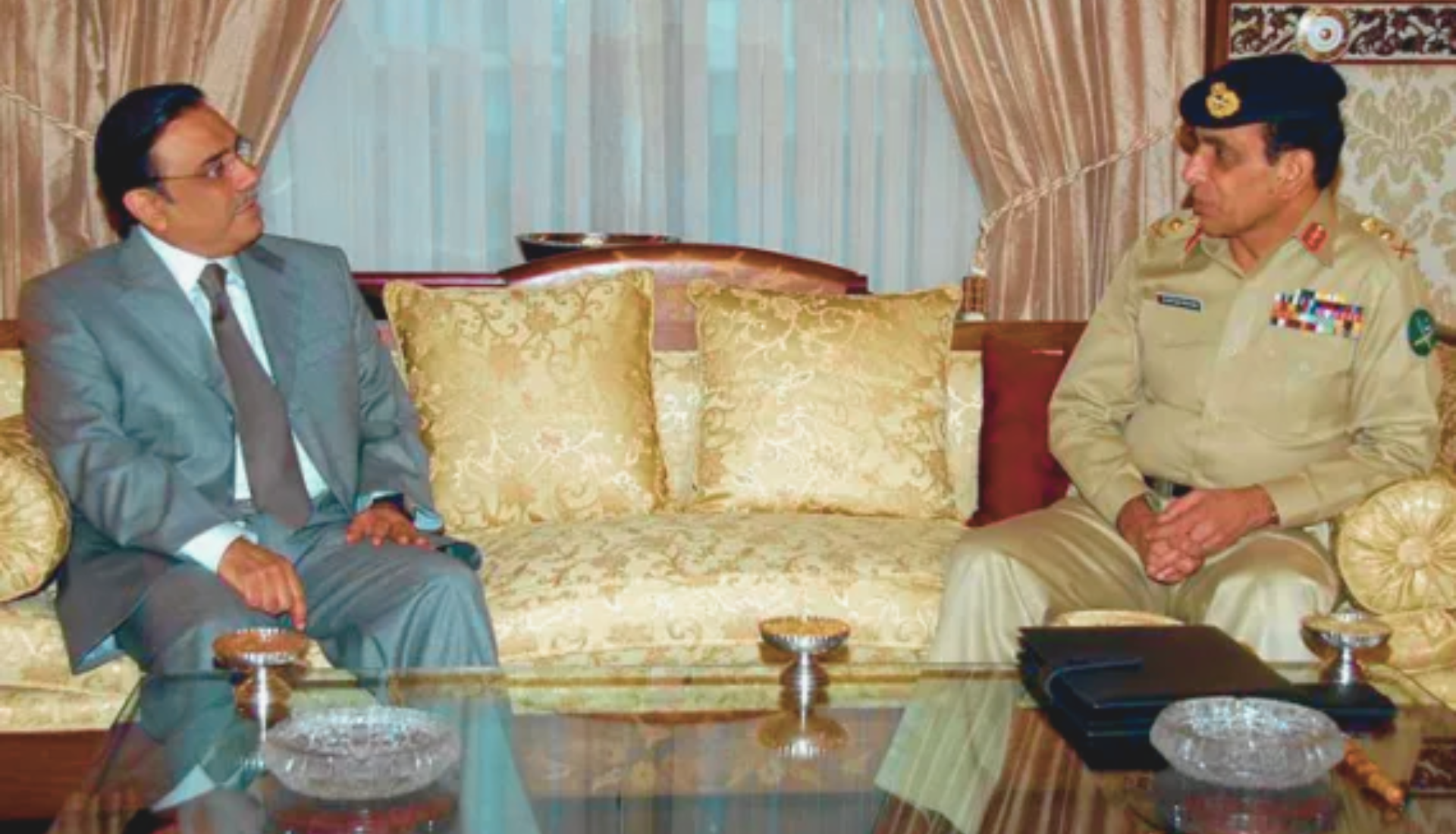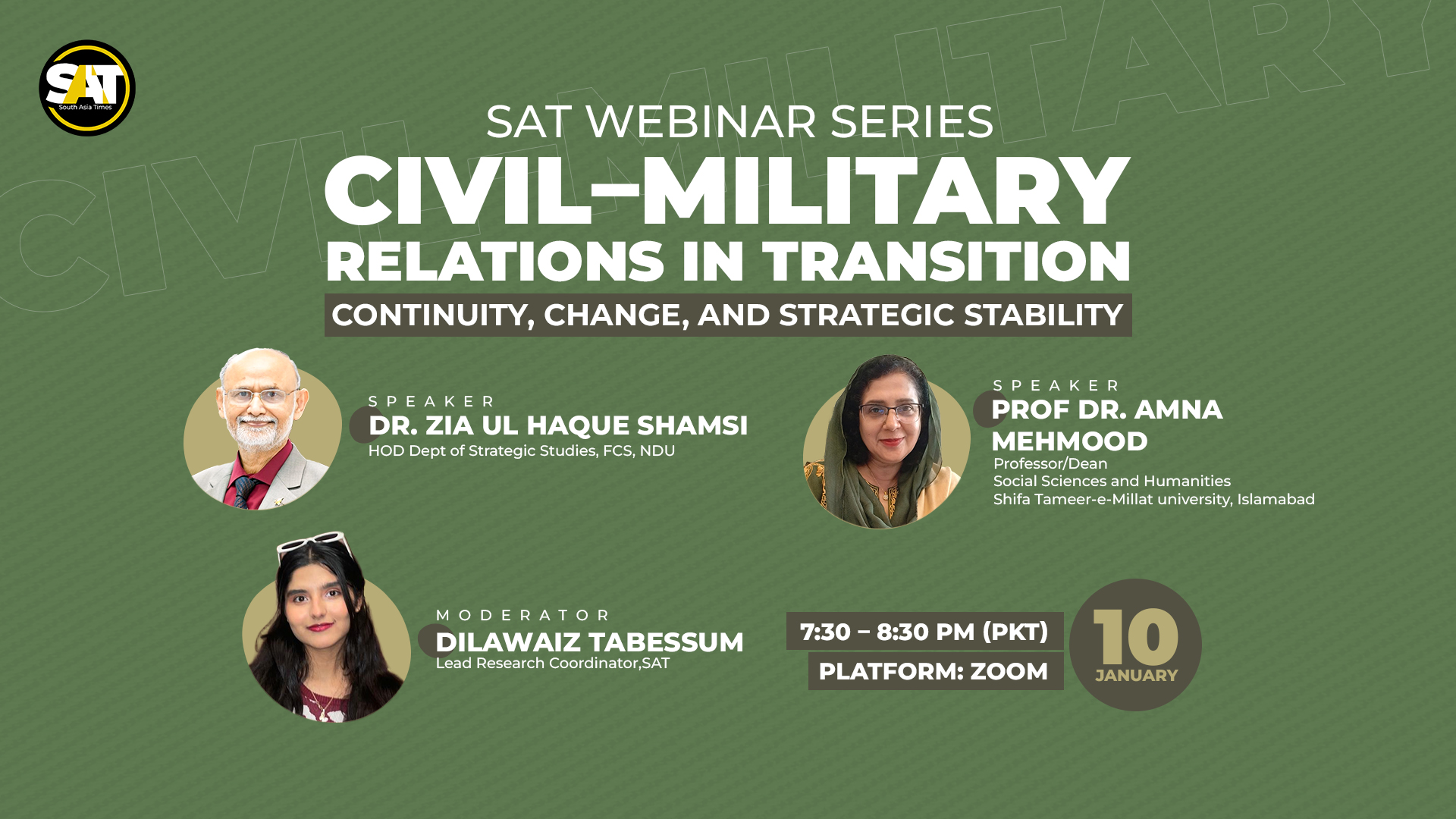On the call of the Central Labor Union, India witnessed a two-day workers’ strike in almost all parts of the country. Protests were held and demands channeled. The call for the strike was given in the light of the economic policies of the government that are not benefitting the workers and contract as well as the informal labor sector. Workers gathered at Jantar Mantar in New Delhi to record their protest. The major demands were to raise the minimum wage, set the working hours, not privatize banks, not sell assets, and regularize contract workers and non-regularized/informal labor, extending state protection to them. The workers also demanded a guarantee of employment and “universal social security coverage.” Health workers also took part in the Delhi protests. The call for the strike was for 28th and 29th March, and the whole apparatus of the state machinery was interrupted due to the strike. Banks did not function, transport remained scarce.
This is not the first time that India has seen a massive demonstration for the cause of labor rights. Mass farmer protests have also taken place prior to the union strike. Labor exploitation spurred by the lack of regulatory frameworks has often caused mass dissatisfaction among India’s workers. Unfriendly labor policies have once again erupted in protests and demonstrations. The government seeks to privatize some banks and sell some state assets postulating that it will boost the economic growth and the banking industry will be over-hauled. But this is not how the workers perceive this move. The COVID pandemic hit India hard, not just in terms of human loss but also in terms of its economy. The worst-hit remains the working and labor class. Unemployment in India rose to 8% in December last year. Hence, the labor class views the new economic policies of Modi’s government as further disabling and hurtful.
Red flags were seen all over Jantar Mantar as workers marched near the Parliament. The echo of the protests was also heard in the latter, where the opposition raised the issue. In some parts of India, the nature of the strike was more intense. Streets and markets of Southern Kerala remained deserted despite the state’s High Court ruling against government employees becoming part of the strike. In eastern West Bengal, protestors forcefully stopped trains to record their protest and to bring routine activity to halt. In Tamil Nadu, bus services resumed on Tuesday.
The effect of the strike was felt all over the country. Will this nationwide strike and the demands furthered through it pressurize the government to consider and materialize friendly economic policies that benefit India’s formal and informal working classes? This remains to be seen. Ahead of the 2023 general elections, mass dissatisfaction of the working class with the BJP can have adverse consequences for the upcoming elections. Economic growth achieved at the cost of compromising working conditions cannot be long-lasting and sustainable.





